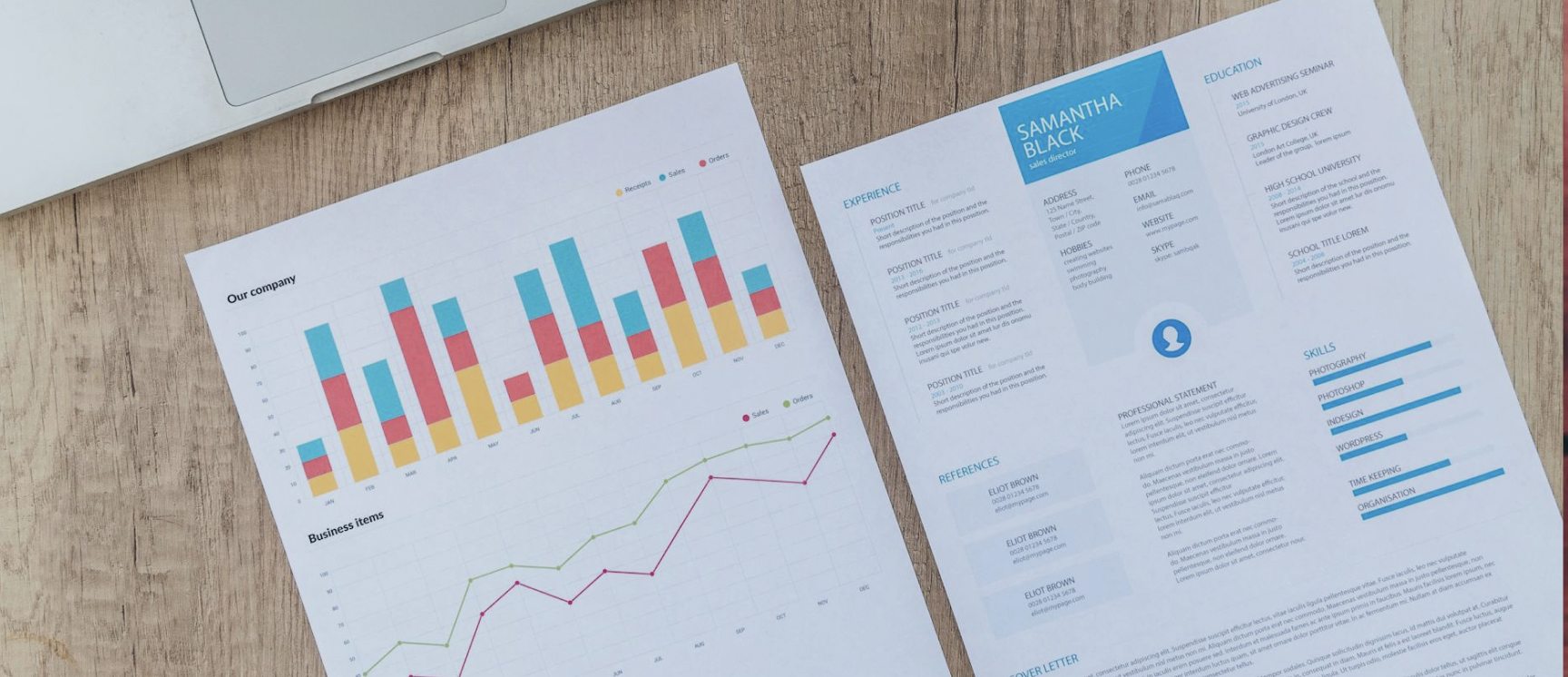Creating a Financial Blueprint
Divorce is a time to seriously examine your financial needs and ability to support yourself. The foundational step in a cash flow analysis is the creation of a comprehensive budget. This budget should be realistic and complete. It should be future-focused outlining what your needs are going to be moving forward in two separate homes and with individual expenses.
When you are starting this analysis, people often come at it from different perspectives. It’s ok to pause and take a few breaths. You may still be living with a spouse and have not considered any separate financial scenarios. You may have your own source of income that contributes to or sustains the household income, or, that may not be the case. You may have a clear understanding of the income and expenses involved in running your household or that may be an area you need to learn more about. Regardless of your household role, you will be able to create a comprehensive and realistic budget.
Creating a detailed budget is akin to creating a financial blueprint, and the first crucial step involves dissecting your monthly expenses into distinct categories. By carefully categorizing your spending, you gain a clearer understanding of your financial commitments and can make informed decisions. Let's delve deeper into this process, focusing on categorizing expenses into fixed and variable costs, while also addressing often-overlooked irregular expenses. For each category below, the goal is to come up with an estimated expense moving forward. It may be helpful to look at historical spending to make reasonable estimates. For all annual expenses, divide by 12 to determine the monthly allocation.
We have provided budgeting templates that should help you navigate this process.

Fixed Costs
These are fixed costs that contribute to your essential living expenses and stay relatively stable month-to-month and annually.
Housing
Start by identifying your housing expenses. If you have a mortgage, include the monthly repayment amount. Also include your property taxes and homeowners insurance (be careful – they may be escrowed as part of your monthly payment). For renters, list your rent and any associated costs like maintenance fees or association costs. If you don’t know where you will be living after divorce, include estimates by researching and making your best guess. Next outline all utility bills, including electricity, water, gas, internet, cell phone and any other recurring services.
Insurance
Beyond monthly bills, remember to account for annual insurance premiums. This may include health insurance, life insurance, or property/homeowners insurance.
Transportation
Map out the costs you anticipate for your car payment or lease, monthly gas, parking or bus costs, auto insurance, licensing/registration and maintenance or repairs. Some of these numbers are probably easily ascertainable (like your payment amount) and others may need to be estimated (like maintenance/repair costs).
Medical Costs
Look at your historical out-of-pocket medical and dental expenses to try and estimate your budget moving forward. These expenses include co-pays, out-of pocket expenses towards your deductible, counseling, vision, prescriptions, and orthodontia.
Debt Payments
Include all regular debt payments like outstanding credit card debt or student loan payments. If you have any outstanding personal loans, you should include those payments in the budget as well.
Variable Costs/Discretionary
These are fixed costs that contribute to your essential living expenses and stay relatively stable month-to-month and annually.
Groceries/Household Expenses
Categorize your grocery spending separate from eating out, which forms a variable cost depending on your consumption patterns. This includes food for the home, household supplies, and any other essentials purchased regularly. Some people add a general “Amazon” or “Target” expense in this category for general household purchases that happen regularly.
Clothes
While this is one of the more discretionary categories of expenses, you should include a reasonable budget for your clothes purchases throughout the year.
Entertainment
Identify discretionary spending on entertainment, such as dining out, movies, or subscription services. While these costs can fluctuate, acknowledging them helps in managing your non-essential expenses.
Savings
If you have traditionally saved, it is important to include savings in your budget. Personal savings and retirement savings are the most common category of savings included in budgets, but you may have other categories like college savings if you have kids or savings for a particular event, like a wedding.
Heading
Lorem ipsum dolor sit amet, consectetur adipiscing elit, sed do eiusmod tempor incididunt ut labore et dolore magna aliqua. Ut enim ad minim veniam, quis nostrud exercitation ullamco laboris nisi ut aliquip ex ea commodo consequat.
Heading

